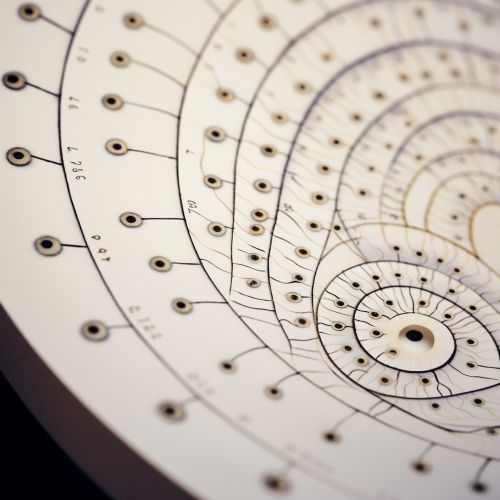Fibonacci
Introduction
The Fibonacci sequence is a series of numbers in which each number is the sum of the two preceding ones, usually starting with 0 and 1. The sequence is named after Italian mathematician Leonardo Bonacci, also known as Fibonacci. The sequence appears in many settings in mathematics and science, and it has also been noted in art and nature.
History
The Fibonacci sequence was first introduced to the west by Fibonacci in his 1202 book Liber Abaci. However, the sequence had been previously described in Indian mathematics.


Mathematical Description
In mathematical terms, the Fibonacci sequence is defined by the recurrence relation:
F(n) = F(n-1) + F(n-2)
with initial conditions
F(0) = 0, F(1) = 1.
This means that each number in the sequence is the sum of the two preceding ones.
Properties
The Fibonacci sequence has many interesting mathematical properties. Some of these include:
- The sequence is an example of a recursion.
- The ratio of consecutive Fibonacci numbers tends to the golden ratio as n increases.
- Every third number in the sequence is even and the rest are odd.
- The sum of the squares of any number of consecutive Fibonacci numbers is the product of the last and next Fibonacci number in the sequence.
Applications
The Fibonacci sequence has applications in many different fields, including computer science, mathematics, and the natural sciences. Some examples include:
- In computer science, the Fibonacci sequence is used in algorithms for sorting and searching.
- In mathematics, the Fibonacci sequence is used in the study of number theory and in the solution of certain types of equations.
- In the natural sciences, the Fibonacci sequence is found in the arrangement of leaves on a stem, the branching of trees, and the arrangement of a pine cone's bracts.
